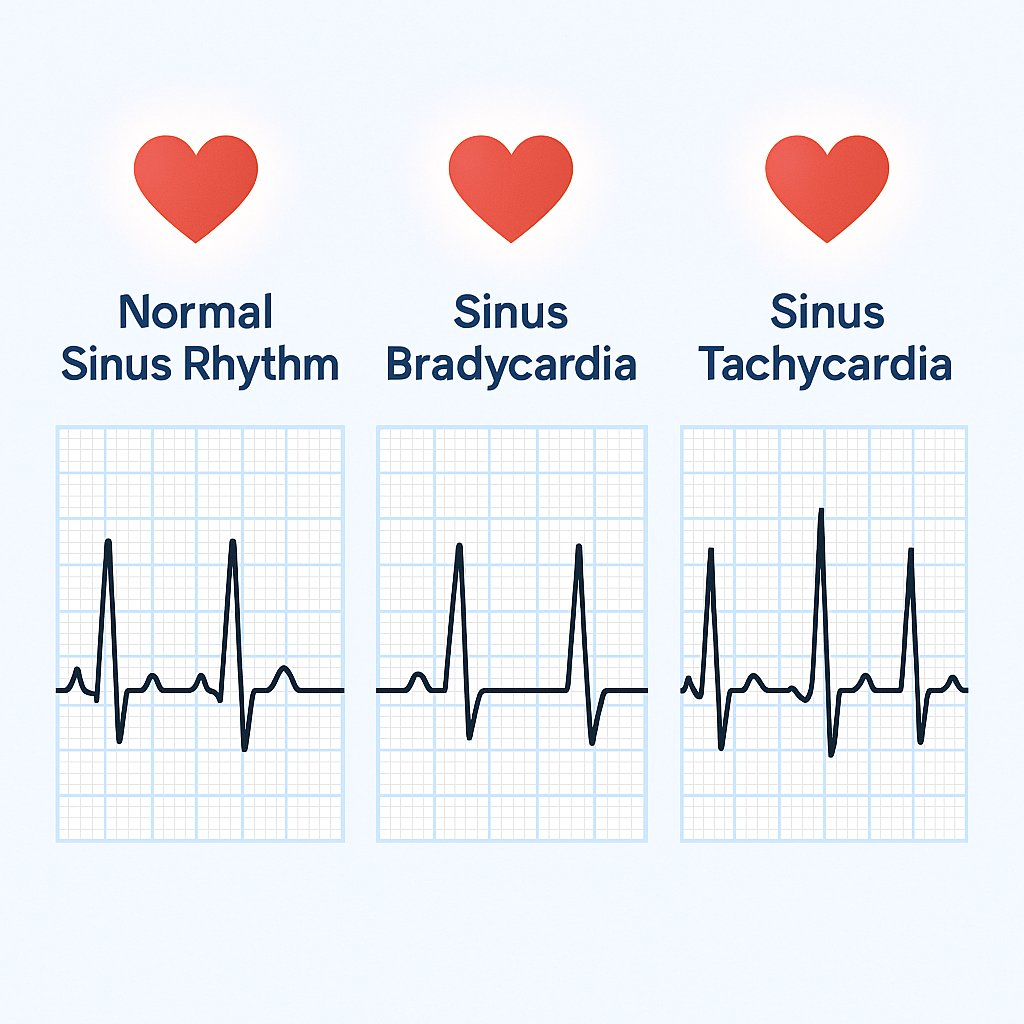
Sinus Rhythms 101: Normal, Bradycardia, and Tachycardia
Get a simple guide to understanding sinus rhythms: what’s normal, what’s too slow (bradycardia), and what’s too fast (tachycardia). Perfect for nursing students and new grads.

Get a simple guide to understanding sinus rhythms: what’s normal, what’s too slow (bradycardia), and what’s too fast (tachycardia). Perfect for nursing students and new grads.
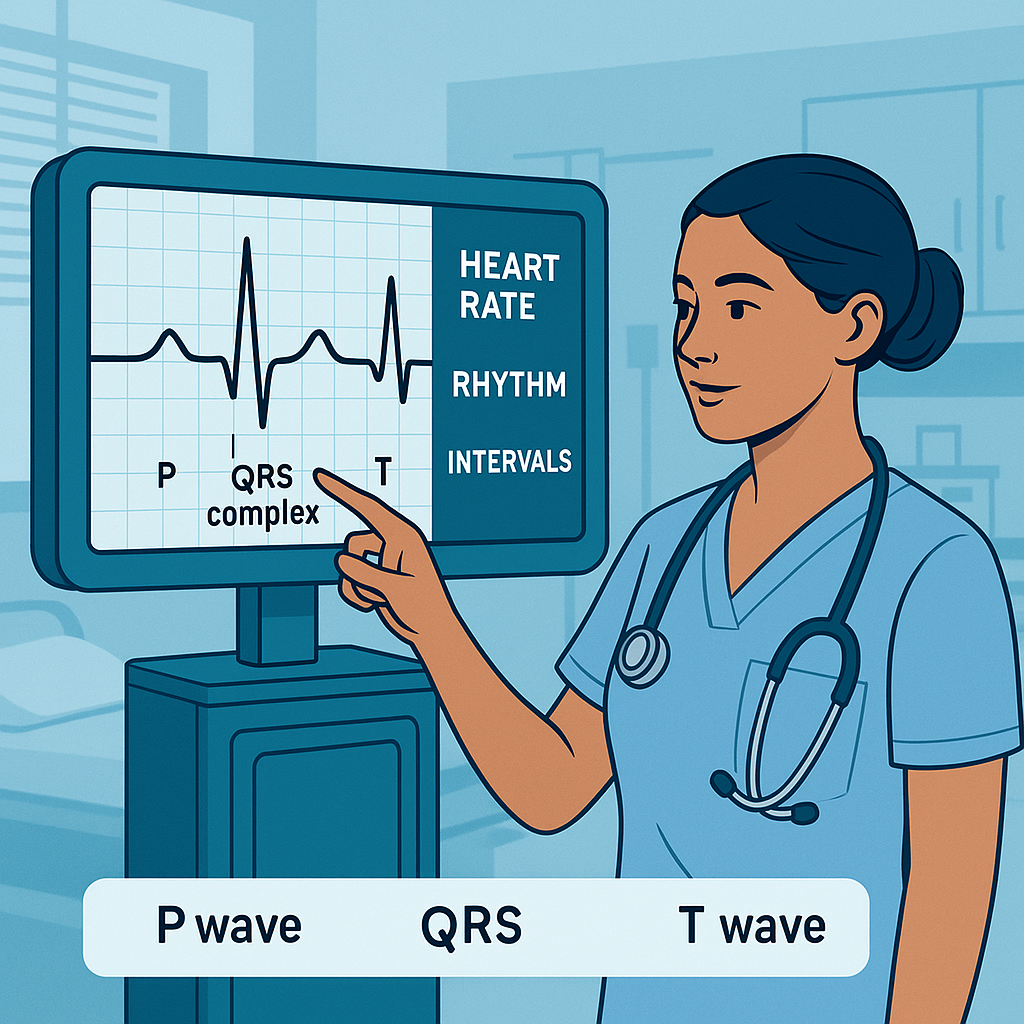
A fast, step-by-step guide to reading EKG strips in under 60 seconds. Learn rhythm, rate, and waveform clues to improve patient care.

Understanding electrolyte labs is key to safe patient care. This quick guide breaks down normal ranges, causes of imbalances, and how to respond fast.

Understand how sodium, potassium, calcium, and magnesium imbalances affect the heart's electrical activity. Learn to spot key EKG changes fast.
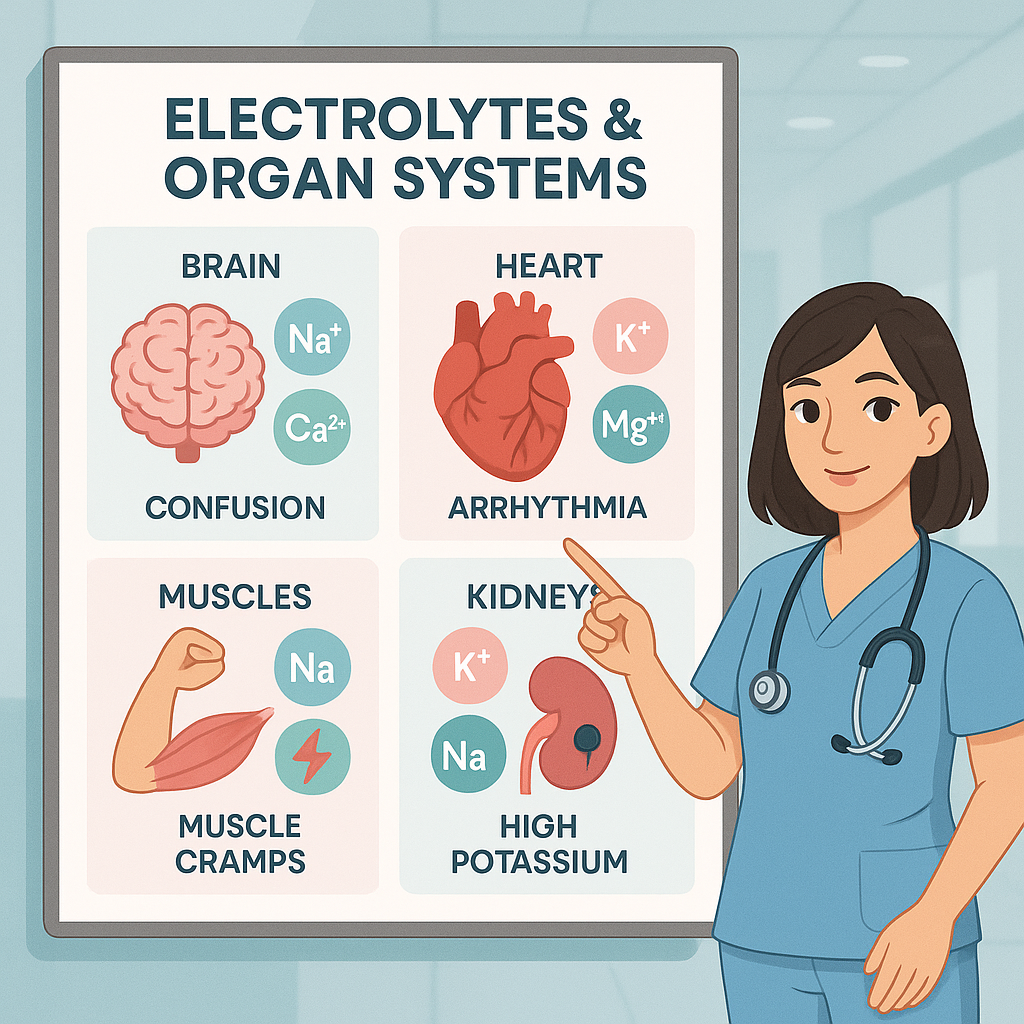
This guide explains how electrolyte imbalances affect the brain, heart, muscles, and kidneys, with clear signs and nurse tips for quick action.
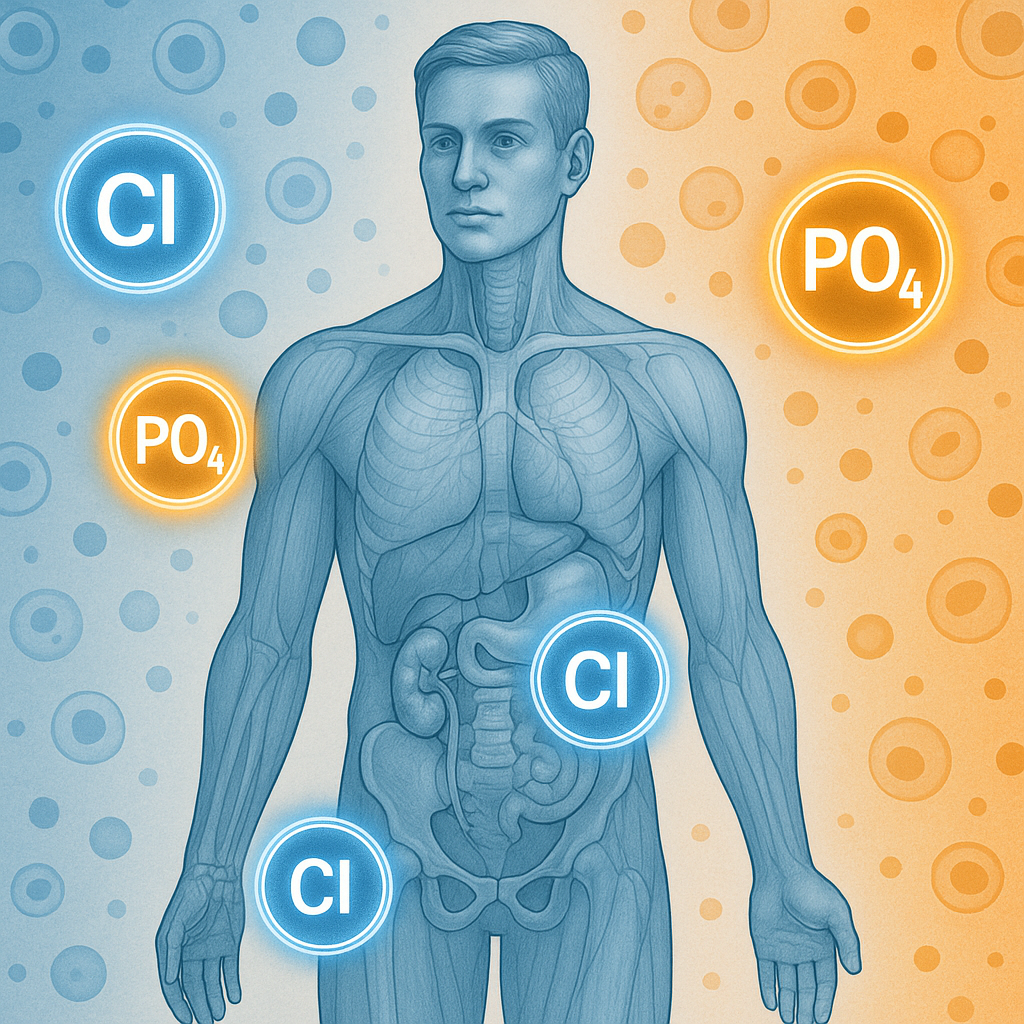
Phosphate and chloride may not get as much attention as sodium or potassium, but these electrolytes are crucial for metabolism, acid-base balance, and more.
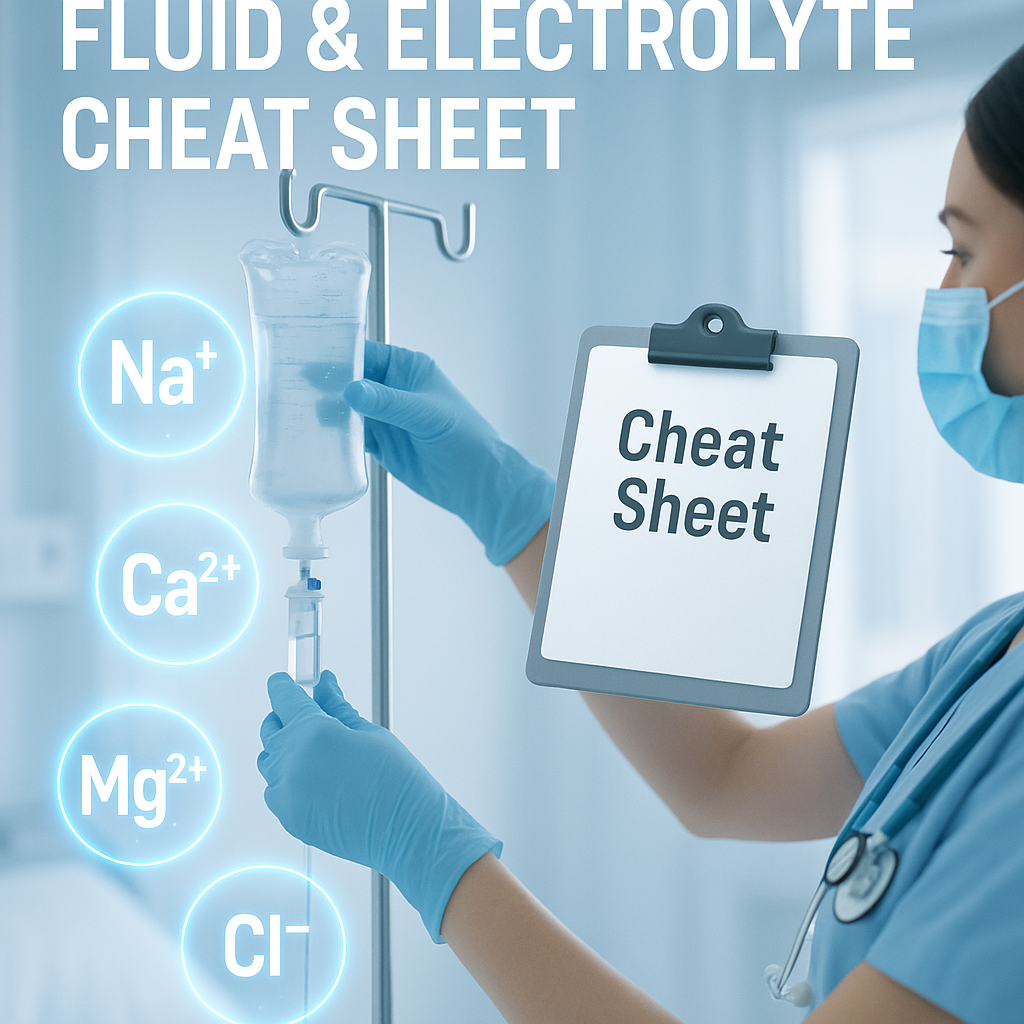
Get a quick and easy fluid and electrolyte cheat sheet for nurses. Learn the signs, labs, and nursing interventions to monitor when giving IV fluids.

Learn about the four key electrolytes—sodium, potassium, calcium, and magnesium. This guide covers normal ranges, signs, causes, and simple nursing actions.
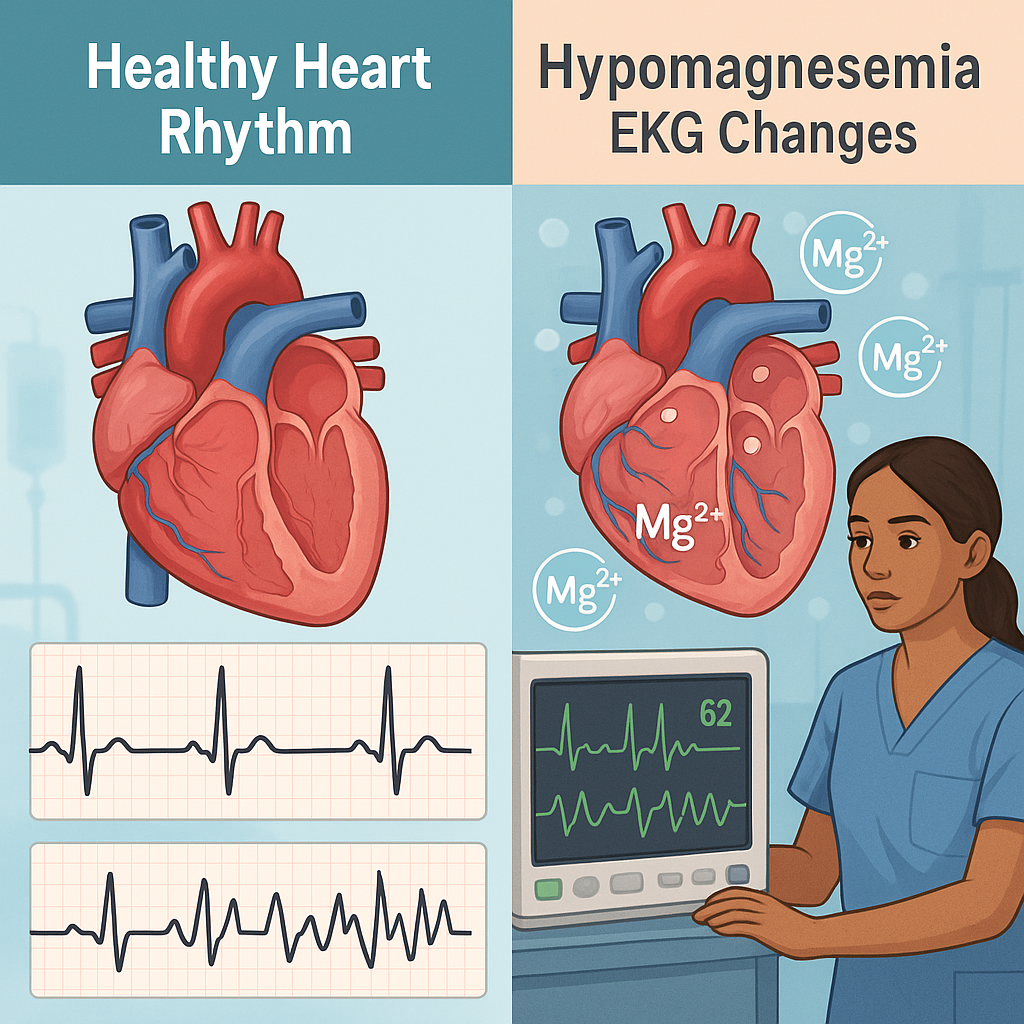
Hypomagnesemia is more than a lab abnormality. In the ICU, low magnesium levels can lead to deadly heart rhythms, seizures, and more. Nurses must act fast.
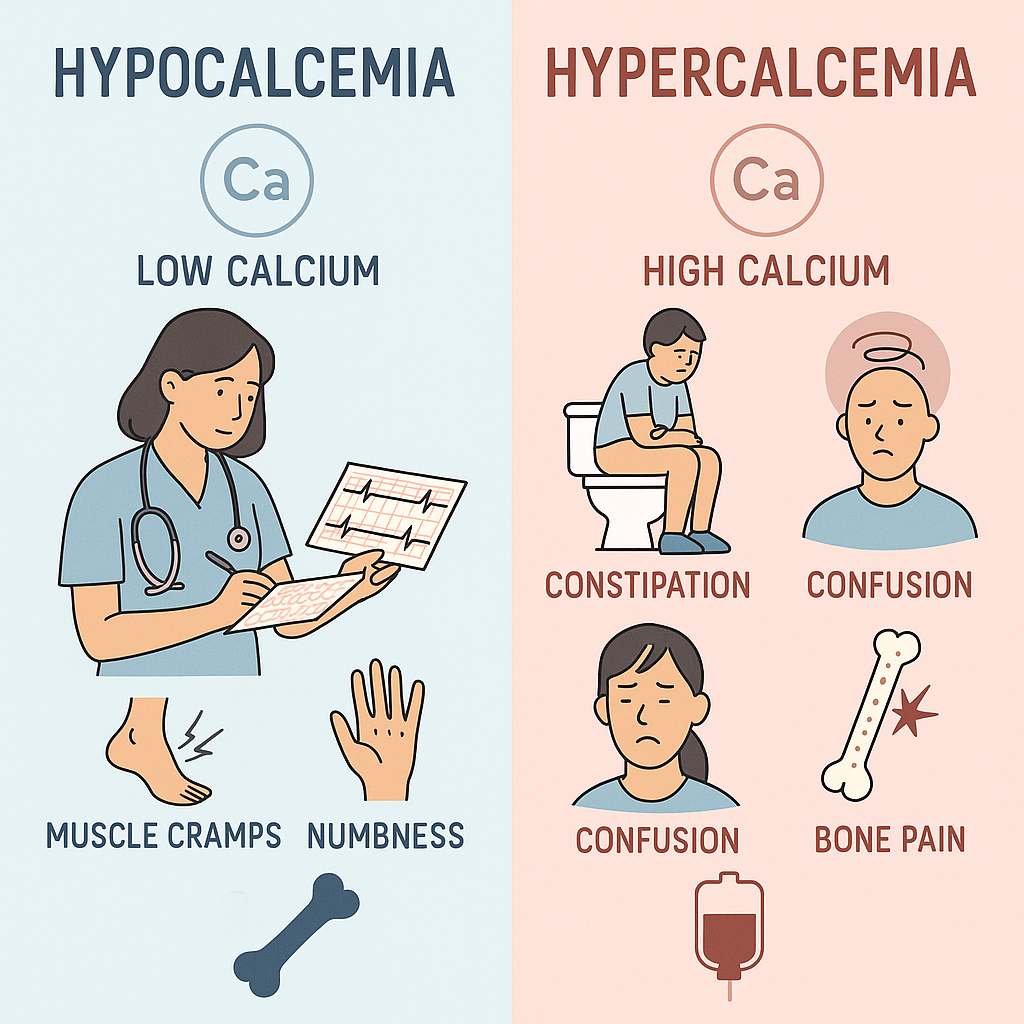
Understand calcium imbalance in nursing. Learn how to identify and treat hypocalcemia and hypercalcemia with easy signs, causes, and nursing tips.